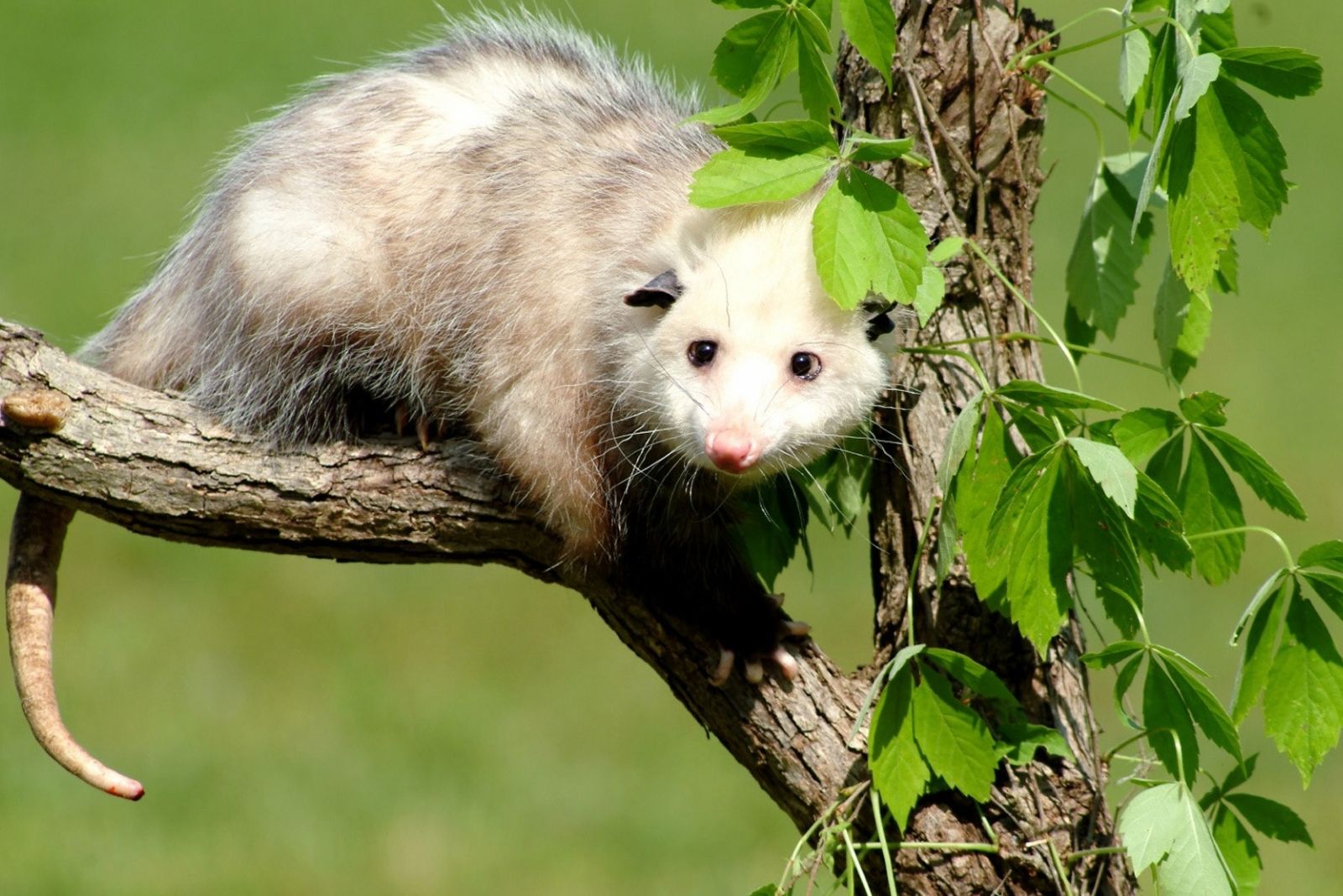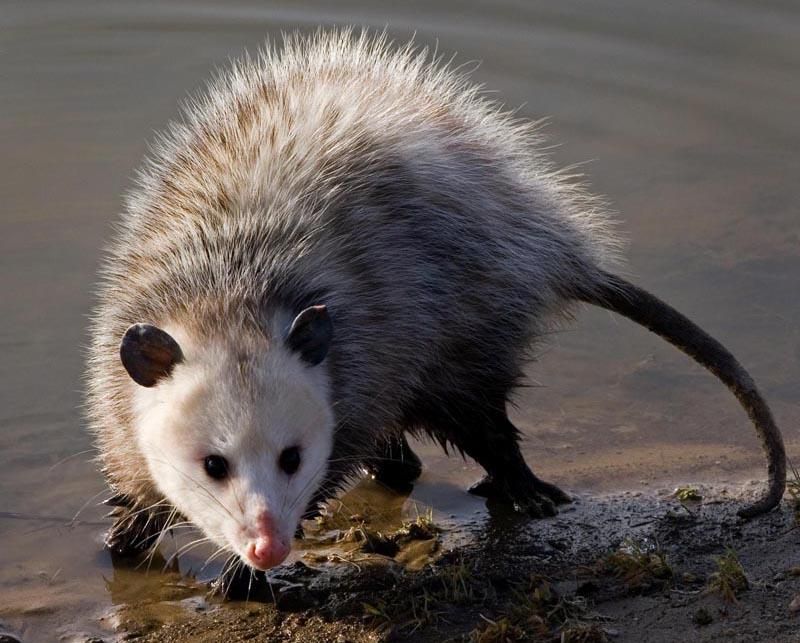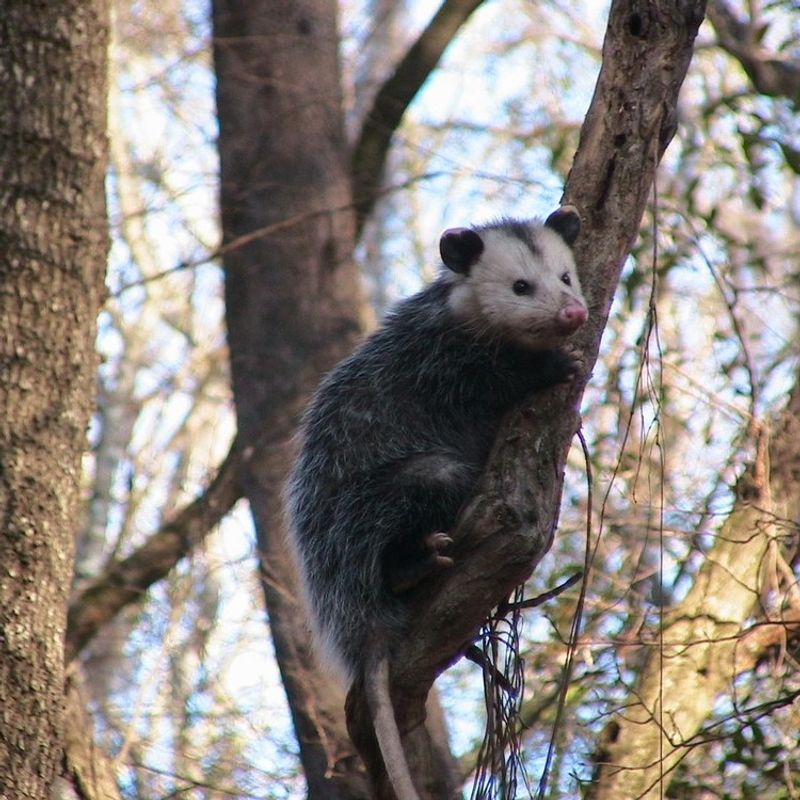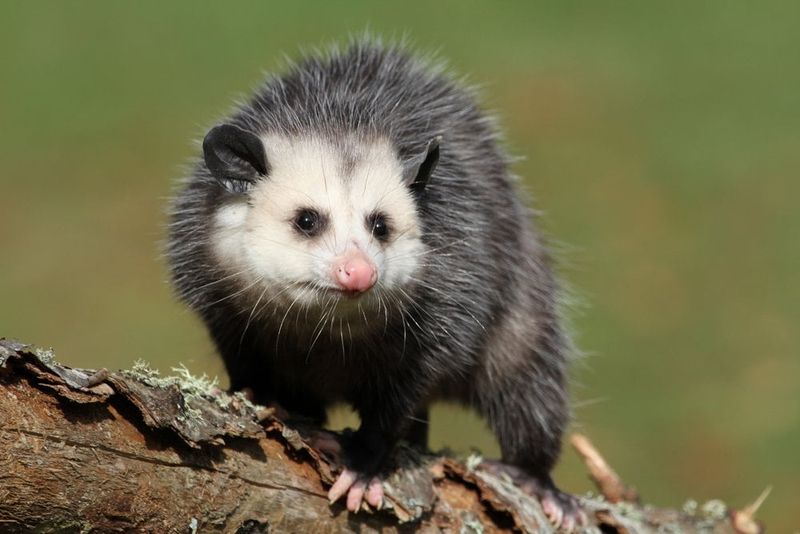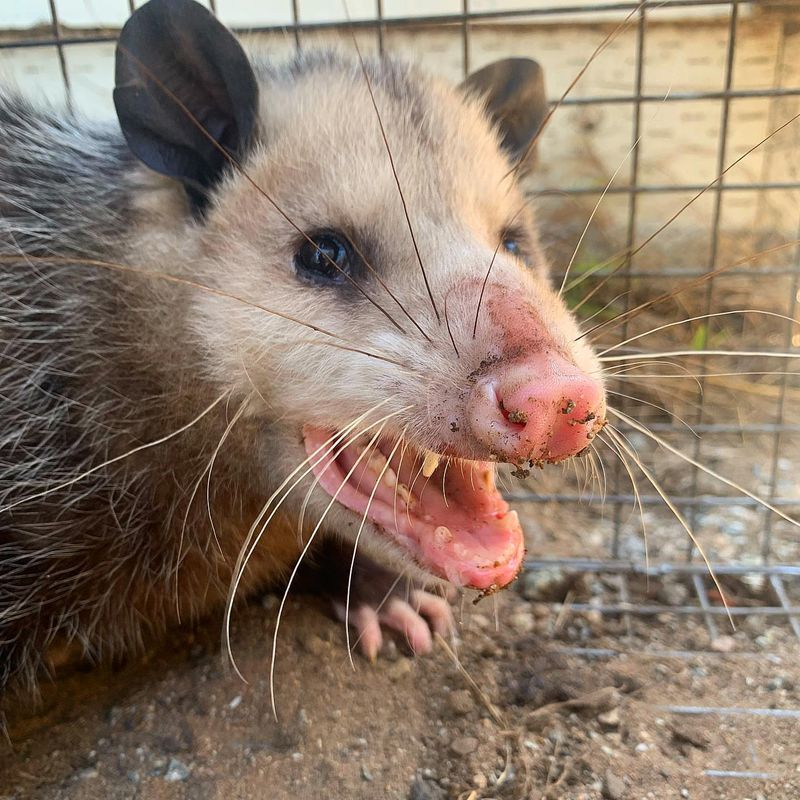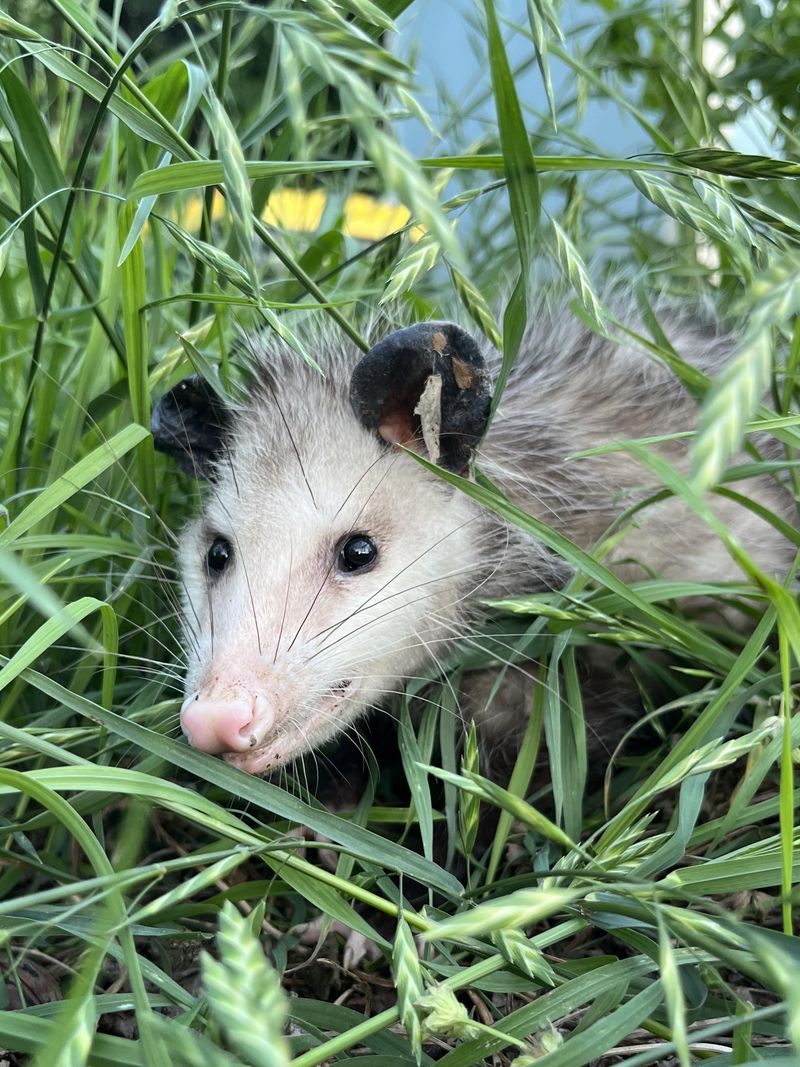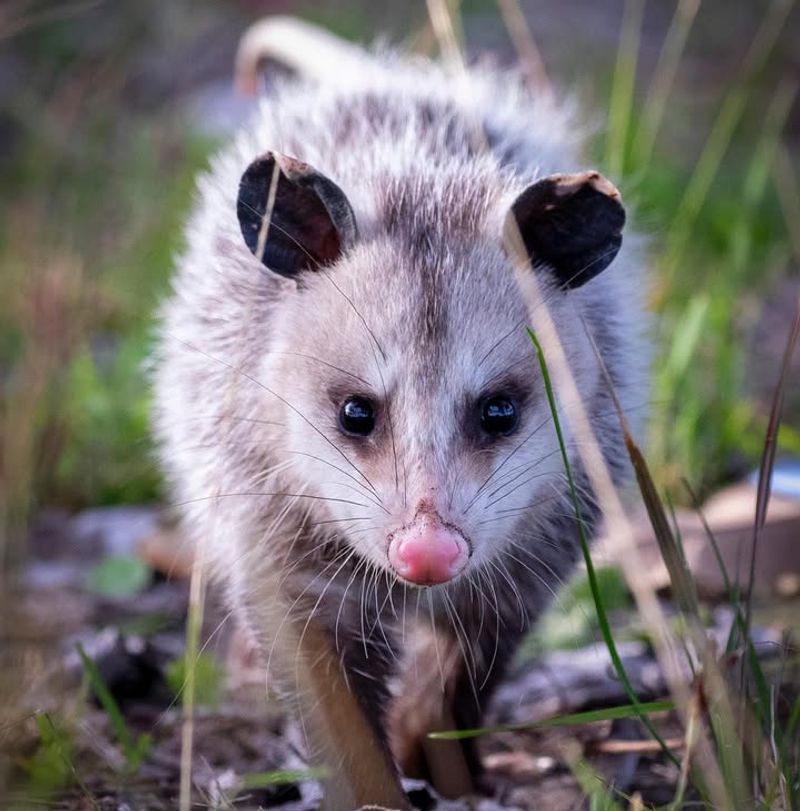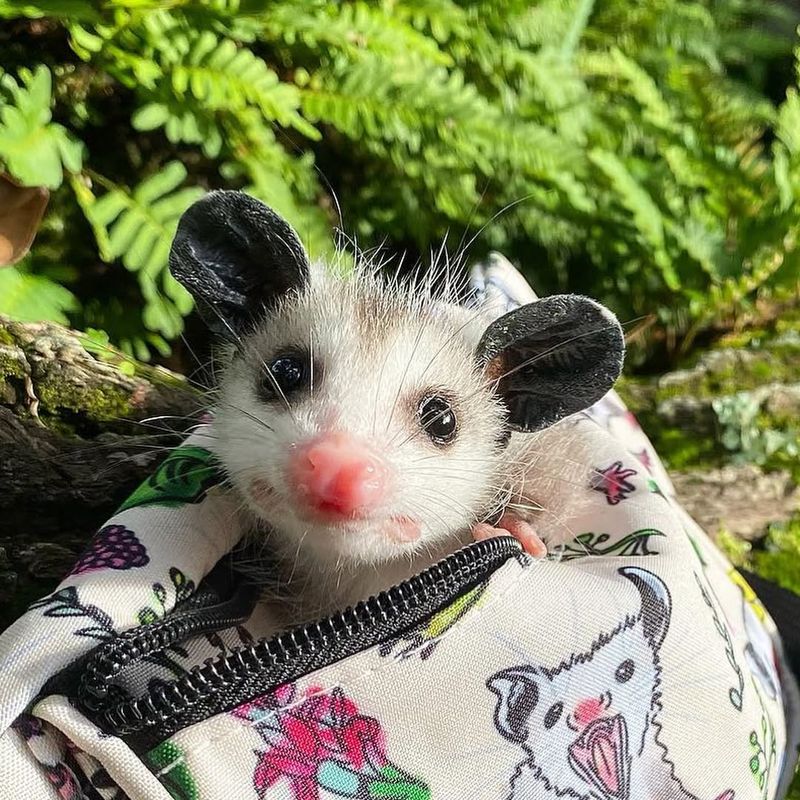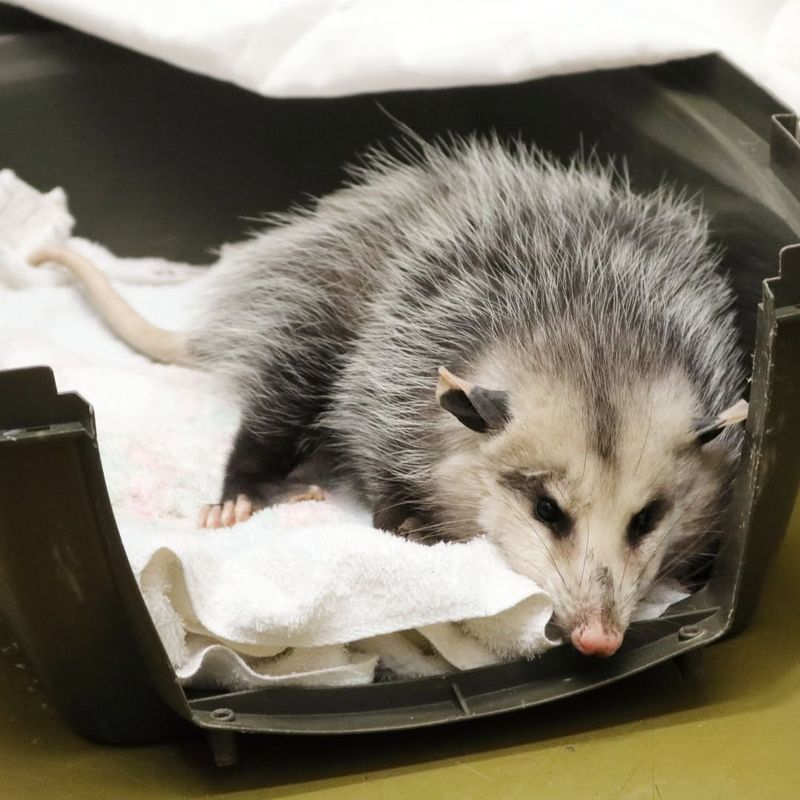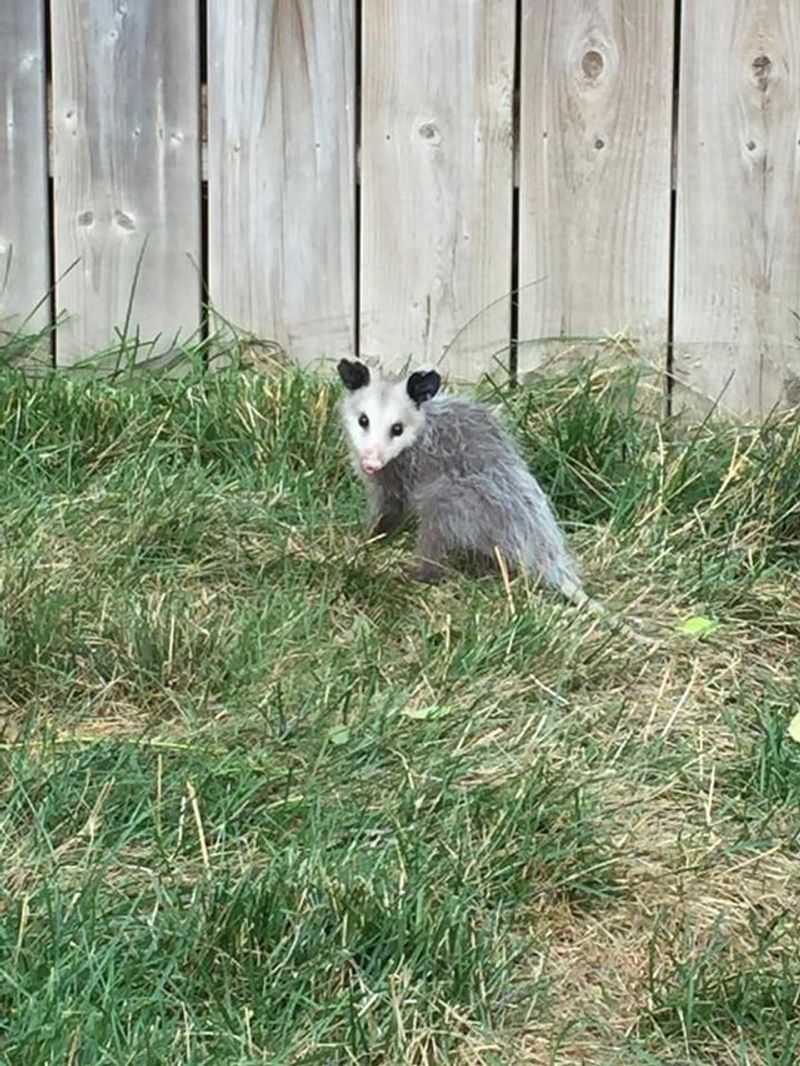Spotting a possum in your Ohio yard—or even your attic—can be a bit of a shock. These nighttime wanderers often sneak into homes looking for warmth during colder months.
Before you reach for a broom or dial pest control, it’s worth learning a few key facts. Possums are often misunderstood, and knowing how to handle them can make all the difference.
I’ve found that a little knowledge goes a long way in keeping things calm and humane. Understanding their habits helps protect your home—and the possums too.
1. Possums Are Protected Wildlife In Ohio
Ohio law classifies possums as protected wildlife, meaning you cannot harm or kill them without proper permits. Violating wildlife protection laws can result in hefty fines and legal consequences.
Most homeowners need to contact licensed wildlife removal professionals or obtain special permits from the Ohio Department of Natural Resources. Understanding your legal obligations protects both you and the animal.
Always check current state regulations before taking any action.
2. They Rarely Carry Rabies
Despite popular belief, possums have an incredibly low body temperature that makes it nearly impossible for the rabies virus to survive. Studies show they are one of the least likely mammals to contract rabies.
Their body temperature hovers around 94 degrees Fahrenheit, which is too cold for most viruses. However, they can carry other diseases like leptospirosis and parasites.
Always exercise caution and avoid direct contact regardless.
3. Playing Dead Is Their Defense Mechanism
When threatened, possums enter an involuntary catatonic state that can last up to four hours. Their body goes limp, they drool, and even emit a foul smell to convince predators they are dead.
During removal attempts, a possum might suddenly collapse and appear lifeless. Many homeowners mistake this for actual death and handle the animal unsafely.
Wait patiently and give them space to recover naturally.
4. Their Bite Can Be Dangerous
Possums have 50 sharp teeth, more than any other North American mammal. When cornered or frightened, they may hiss, growl, and bite defensively to protect themselves from perceived threats.
A bite can cause deep puncture wounds that easily become infected without proper medical treatment. Children and pets are especially vulnerable during unexpected encounters.
Never attempt to handle or corner a possum with bare hands.
5. They Provide Valuable Pest Control
Before removing a possum, consider the benefits they bring to your property. A single possum can eat up to 5,000 ticks in one season, significantly reducing Lyme disease risks for your family.
They also consume cockroaches, rats, mice, and venomous snakes. Many homeowners discover that coexisting with possums actually improves their yard’s ecosystem.
Evaluate whether removal is truly necessary for your situation.
6. Exclusion Works Better Than Removal
Simply removing a possum does not solve your problem because another animal will likely move into the vacant space. Professional wildlife experts recommend exclusion methods that prevent future intrusions.
Seal entry points, trim overhanging branches, secure garbage cans, and remove food sources. Creating an unwelcoming environment encourages possums to relocate naturally without stressful confrontations.
Prevention saves money and effort in the long run.
7. Baby Possums Need Special Consideration
Mother possums carry their babies in a pouch for about two months, then on their backs for another month. Removing a mother during breeding season can leave helpless babies to starve inside your walls or attic.
Ohio’s breeding season runs from January through July. If you discover a possum during these months, contact wildlife rehabilitators who can safely relocate entire families.
Orphaned babies require specialized care to survive.
8. DIY Trapping Has Serious Risks
Hardware store traps seem like an easy solution, but improper trapping creates dangerous situations. Trapped possums experience extreme stress, may injure themselves trying to escape, and can become aggressive when you approach the cage.
Ohio regulations also restrict where and how you can relocate trapped wildlife. Releasing animals in unfamiliar territory often leads to their death from starvation or predation.
Professional trappers understand proper protocols and humane handling.
9. Professional Removal Costs Less Than Damage Repair
Attempting DIY removal might seem cost-effective initially, but mistakes can lead to expensive consequences. Possums can damage insulation, chew electrical wiring, and create health hazards through their droppings.
Professional wildlife services typically charge between 150 and 400 dollars, while repairing possum damage can cost thousands. Experts also provide warranties and follow-up inspections.
Investing in professional help protects your home and family properly.

